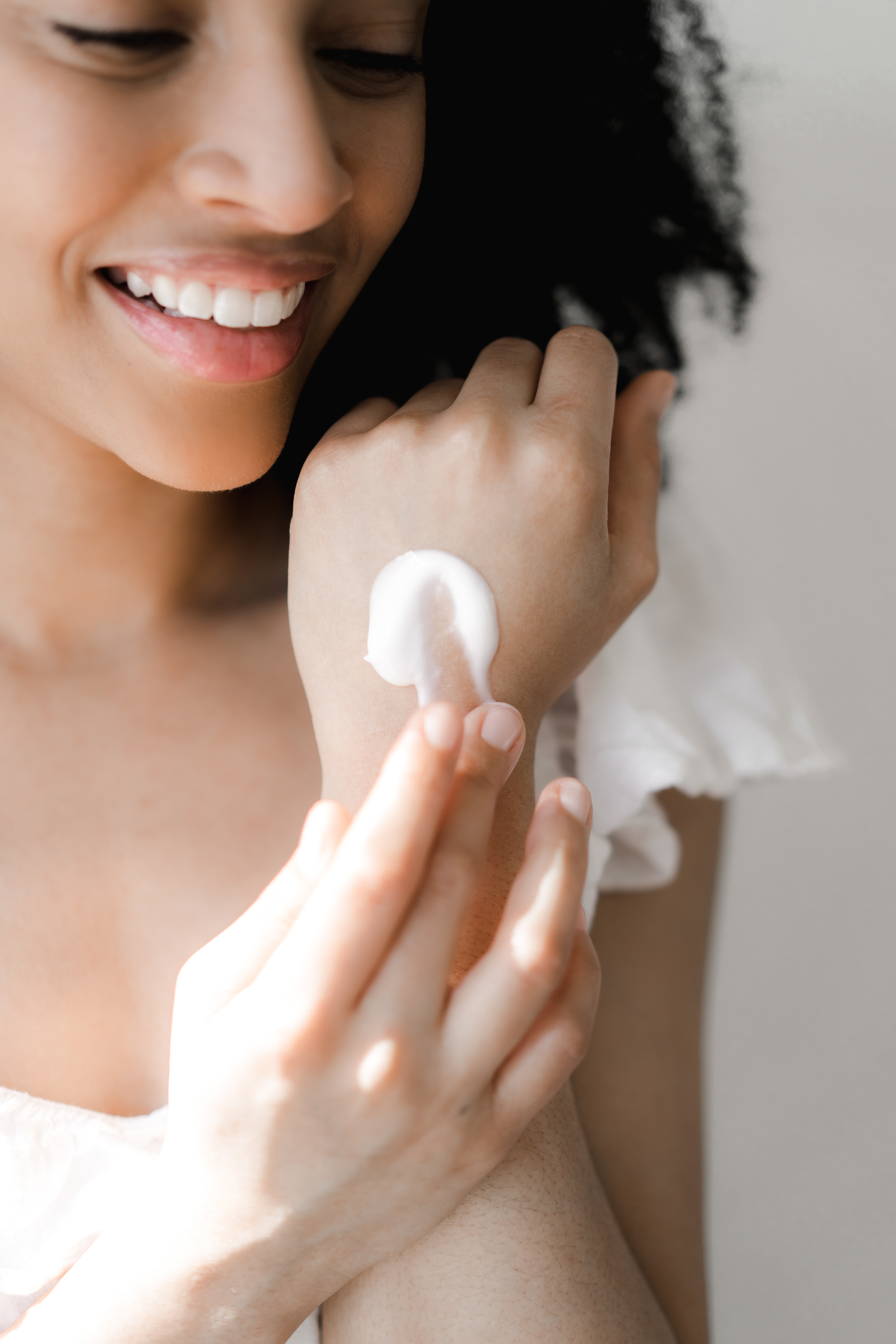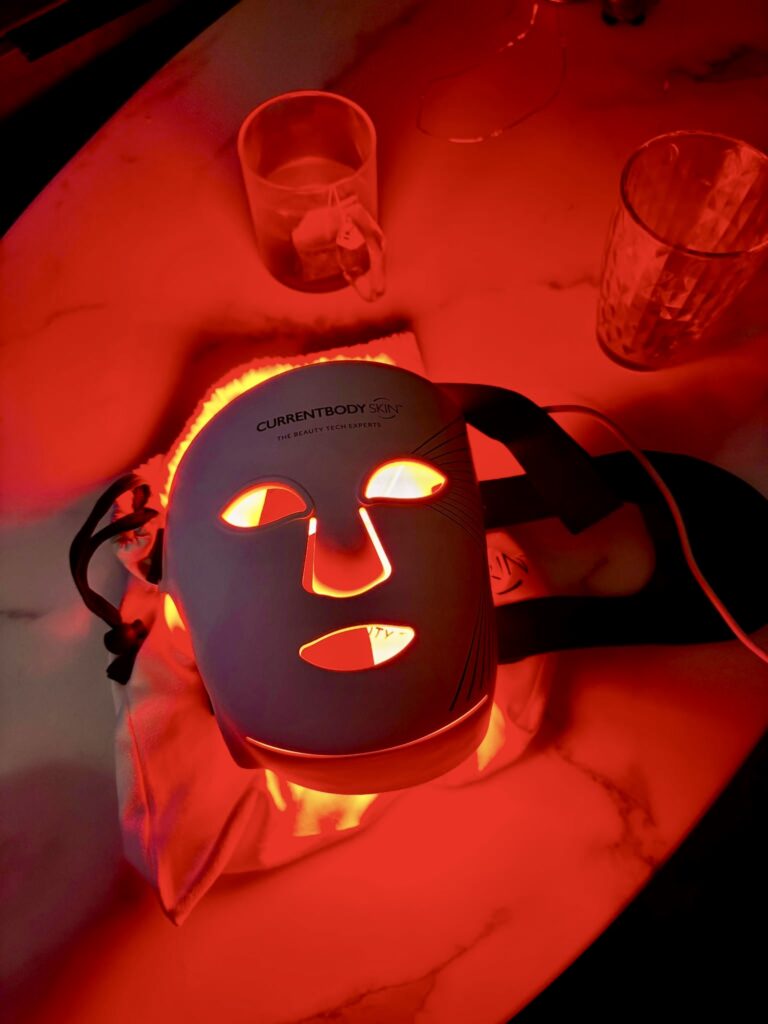How to Tell If Your Skin Is Prematurely Aging

If you’ve been noticing a few changes in your skin and quietly wondering, “Wait! Is this normal for my age?” you’re not alone. Signs of premature aging skin can start showing up in your 30s (sometimes even earlier), and they often fly under the radar until they feel … kind of obvious.
The good news? Once you know what to look for, and more importantly, what’s causing it. you can start making small changes that make a big difference.
Here’s how to tell if your skin is aging faster than it should, what the most common premature aging skin causes are, and what you can actually do about it.
What Are the Signs of Premature Aging Skin?
Fine Lines That Stick Around
Smile lines and forehead creases are totally normal. But if you’re noticing those lines are sticking around even when your face is resting, that could be one of the early signs of premature aging skin.
This usually happens when collagen and elastin production starts to slow down faster than expected. It’s natural with age—but when it happens too soon, it can be a red flag.
Dull, Uneven Texture
That glowy, bouncy look we associate with youthful skin? It comes from hydration and healthy cell turnover. Skin can actually start to become drier in your 30s. So, if your skin is looking a little dull, rough, or just not as radiant as it used to be, it could be one of the more subtle signs of premature aging skin.
Often, this comes down to sun damage, poor exfoliation habits, or dehydration. Which brings us to…
Sun Spots or Pigmentation That Worsens With Time
A little pigmentation is normal over time. But if you’re seeing new spots, patches, or discoloration popping up quickly – or existing ones getting darker – that’s one of the more obvious premature aging skin causes.
Sun exposure is the number one culprit here. Even incidental, everyday exposure (like walking to your car or sitting by a window) adds up.
Loss of Elasticity and ‘Bounce’
If your skin doesn’t snap back the way it used to – or it just feels looser, especially around the eyes and jawline – it may be another sign. Elasticity loss is a totally normal part of aging, but when it starts early, premature aging skin causes like chronic dehydration, poor diet, or smoking could be speeding things up.
Your Skincare Isn’t Working Like It Used To
If your tried-and-true products suddenly seem less effective, your skin may be changing faster than expected. This doesn’t mean you need to overhaul everything – but it could signal that your skin needs more support.
And yes, this shift is often tied to the same signs of premature aging skin – a compromised skin barrier, slower regeneration, and decreased moisture retention.

What Causes Premature Aging Skin?
Let’s break it down. These are some of the most common premature aging skin causes:
- Sun exposure (yep, again)
- Lack of SPF in your daily routine
- Chronic stress
- Smoking or secondhand smoke
- Poor sleep and inconsistent hydration
- High-sugar diets (which can accelerate glycation – AKA skin aging)
- Skipping moisturizer or using harsh products
The thing is, these factors are easy to overlook because they’re just part of everyday life. But stacked together over time, they can visibly speed up aging.
What You Can Actually Do About It
If you’ve spotted one or more signs of premature aging skin, don’t panic. You don’t need to reverse time – you just need to support your skin in smarter, more targeted ways.
Here’s what helps:
✓ Wear SPF daily (yes, even when it’s cloudy)
✓ Add a retinoid or gentle exfoliant to your routine
✓ Focus on hydration – both with products and with water
✓ Prioritize sleep, reduce stress where you can, and eat more youth-enhancing whole foods
✓ Use skincare that supports collagen production (think peptides, vitamin C, niacinamide)
These small shifts can add up fast, especially when they become habits.



